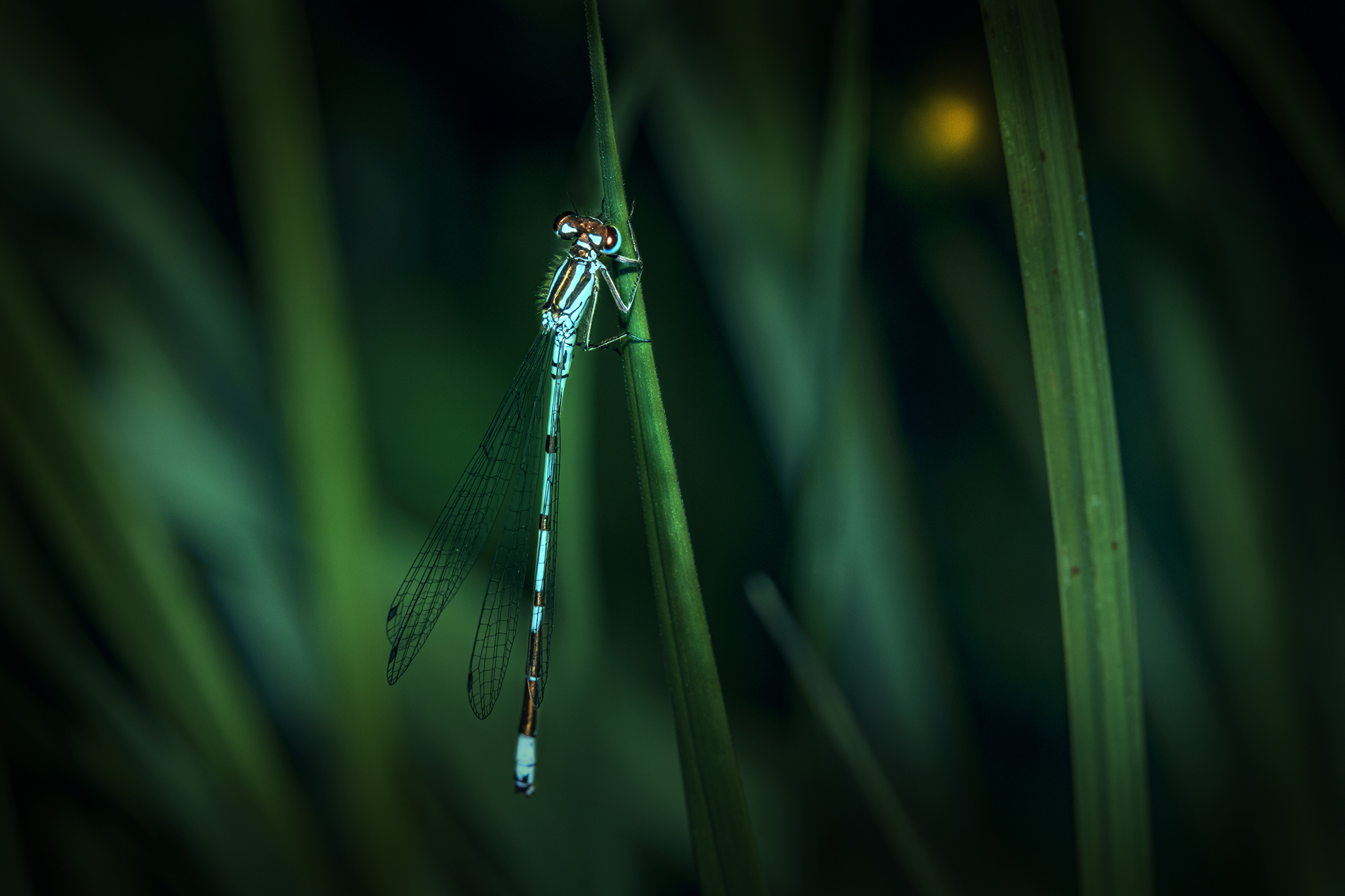Coenagrion is a genus of damselflies belonging to the family Coenagrionidae, commonly known as the ‘Pond Damsels’ or ‘Blue Damsels.’ These striking insects are renowned for their slender bodies, intricate wing patterns, and vibrant colors, making them a favorite subject among insect enthusiasts and nature photographers.
The Coenagrion genus encompasses a diverse group of damselfly species found in various habitats worldwide, including ponds, lakes, rivers, and streams. These damselflies are typically small to medium-sized, with delicate bodies and wings that are held together above their backs when at rest.
One of the most distinctive features of Coenagrion damselflies is their bright and iridescent coloration, which varies depending on the species and gender. Males often exhibit shades of blue, green, or turquoise on their thorax and abdomen, while females may display more subdued colors such as brown or olive.
Coenagrion damselflies are agile fliers and are often seen darting among aquatic vegetation or perching on stems and leaves near the water’s edge. They are predators in their aquatic larval stage, feeding on small invertebrates such as mosquito larvae and aquatic insects.
During the breeding season, male Coenagrion damselflies engage in elaborate courtship displays to attract mates, which may involve aerial acrobatics, wing-fluttering, and territorial behaviors. Once a mate is secured, the female lays her eggs in aquatic vegetation or directly into the water, where they hatch into aquatic nymphs.
Coenagrion damselflies are important indicators of freshwater habitat quality and are sensitive to changes in water quality, pollution, and habitat destruction. As such, their presence or absence can provide valuable insights into the health of aquatic ecosystems and the effectiveness of conservation efforts.
Overall, Coenagrion damselflies are fascinating and charismatic insects that contribute to the beauty and biodiversity of freshwater habitats worldwide. Their stunning colors, graceful flight, and ecological significance make them a cherished symbol of healthy aquatic ecosystems and a delight to observe in the wild.
Views: 1086
Subscribe to the newsletter:
